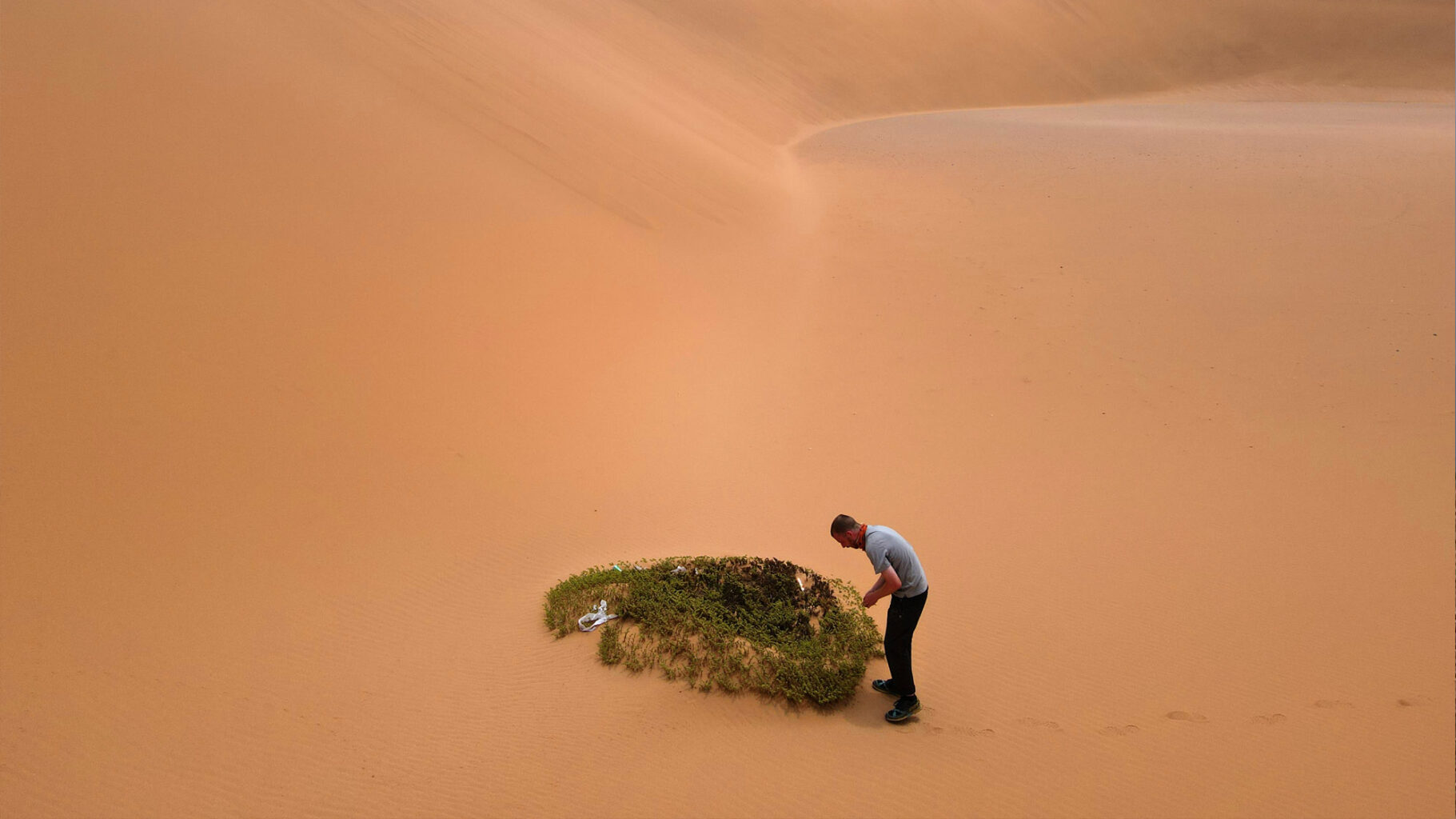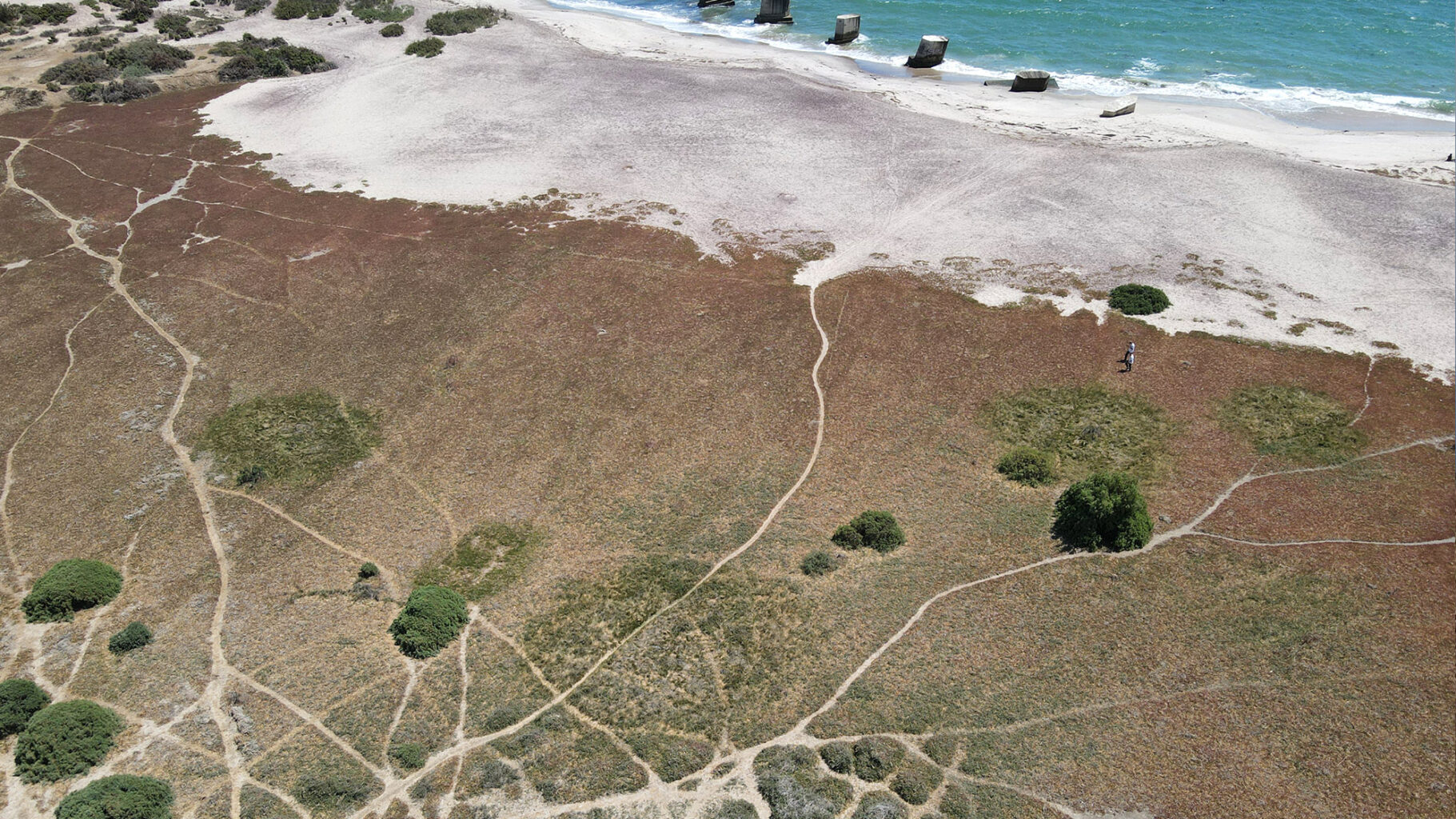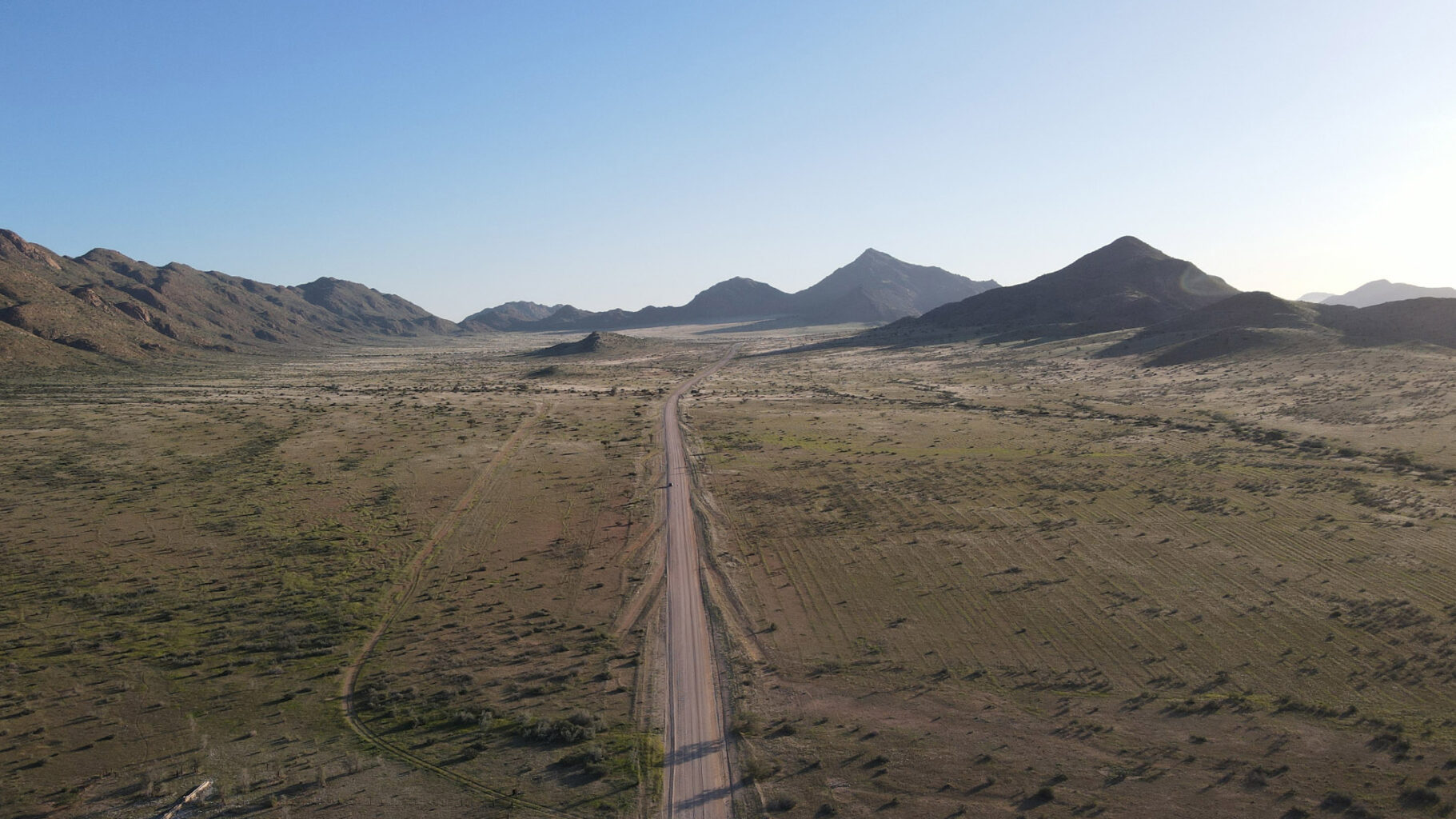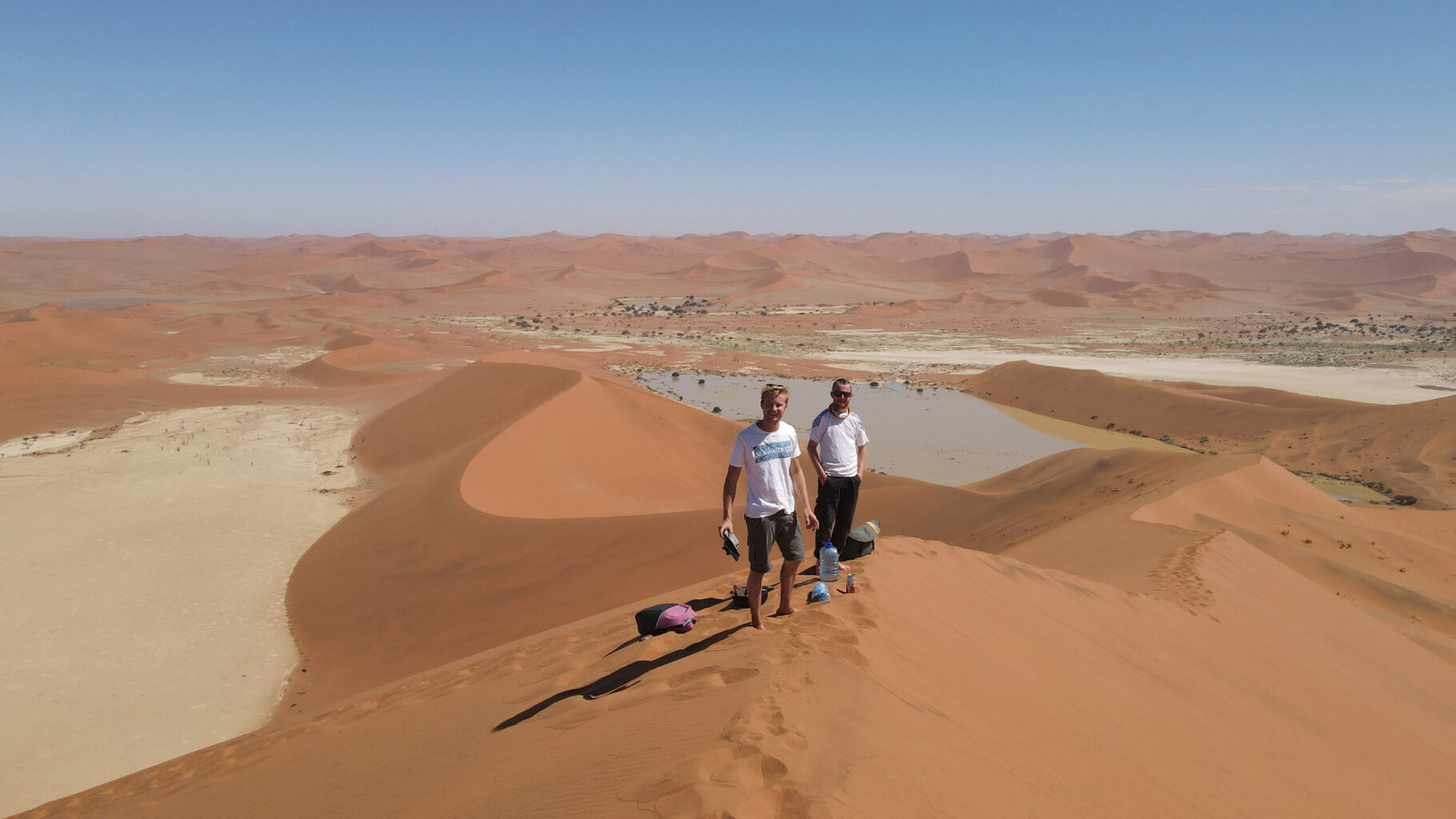By Yanik Nyberg, Seawater Solutions Founder & Director

This week I returned from an extended trip to Namibia where Chris and I have been working with local partners and government agencies on our next desert-greening project for 2021.
Namibia is such a dynamic country with unprecedented opportunities for wetland creation. At the same time however, the country faces many climate challenges, having just come out of a seven-year drought that has decimated its leading cattle and livestock industry.

Most of Namibia is dry and arid, and salinisation is prevalent across the country, from the dry south to the Okavango river in the north. We were shocked to discover that many farms, often as large as London, have become un-farmable due to saline groundwater and a lack of rain.
It again highlights that these threats to agriculture are not just on our coastlines but span thousands of miles inland.

Over the next few months we will be setting up integrated saline wetland farms along Namibia’s famous coast, and as far inland as the Kalahari Desert, the oldest in the world. Here we are focusing on desert-greening and the production of sustainable fish and livestock feed that can be consumed locally by the industries most affected by climate change. Chris will be remaining in Namibia for some time as he sets-up these projects.

I’ve now returned to Ghana to check in on progress on our wetland projects here, both in agriculture and wetland restoration with mangroves. As the rains approach in May, we’re keen to get these sites up and running, with the first products to be processed and trialled in the regional aquaculture sector.
I’ll soon be moving on to Bangladesh where we will be continuing our projects in the Cox’s Bazaar region with the World Food Programme and our partners at ICCO.